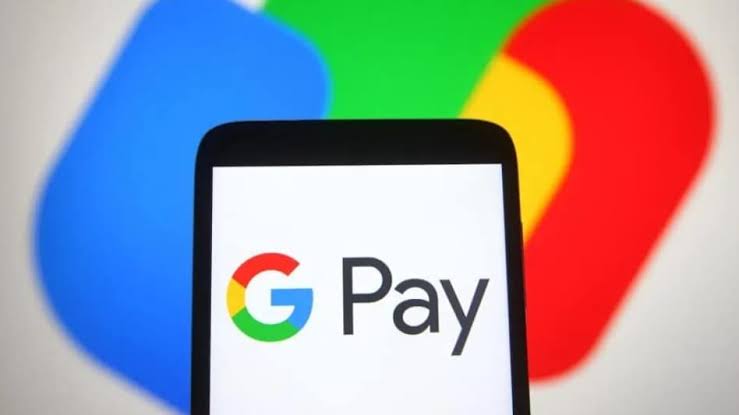
In a significant shift affecting India’s vast user base, Google Pay has introduced a convenience fee for certain transactions, aligning its practices with other major payment platforms like PhonePe and Paytm. This move marks a notable change in the Unified Payments Interface (UPI) landscape, as service providers seek to monetize their offerings to cover operational costs.
Introduction of Convenience Fees
Google Pay has begun implementing a convenience fee on utility bill payments made using credit and debit cards. Users are now charged between 0.5% and 1% plus Goods and Services Tax (GST) for these transactions. This development follows the platform’s earlier introduction of a ₹3 convenience fee for mobile recharges over a year ago. Notably, payments made directly through UPI-linked bank accounts remain exempt from these charges.
Industry-Wide Trend
The introduction of these fees by Google Pay reflects a broader industry trend where digital payment platforms are monetizing UPI transactions to offset payment processing expenses. An industry insider noted that fintech companies are striving to balance user growth with sustainable revenue models as UPI usage continues to surge.
Comparison with Other Platforms
Google Pay’s move brings it in line with competitors like PhonePe and Paytm, which have already implemented similar charges. PhonePe applies convenience fees on card transactions for specific bill payments, including water, piped gas, and electricity. Similarly, Paytm levies platform fees ranging from ₹1 to ₹40 for UPI recharges and various utility bill payments, such as gas, water, and credit card settlements.
User Reactions and Transparency
Despite the introduction of these charges, Google has not made an official announcement regarding the changes. Users discovered the update when a customer shared a screenshot online, revealing a ₹3 convenience fee included in a ₹749 prepaid recharge plan from Jio. The fee applies to both UPI and card transactions.
Implications for Users
While the added fees may seem nominal, they represent a shift in the digital payment ecosystem, where platforms are moving away from entirely free services. Users are advised to review transaction details carefully to stay informed about any applicable charges. For those seeking to avoid these fees, opting for UPI-linked bank account payments remains a viable alternative.
Google Pay’s introduction of convenience fees for certain transactions underscores the evolving dynamics of India’s digital payment landscape. As platforms seek to balance user convenience with operational sustainability, users must stay informed about transaction charges to make cost-effective choices. This development highlights the importance of transparency and user awareness in navigating the changing financial technology environment.







